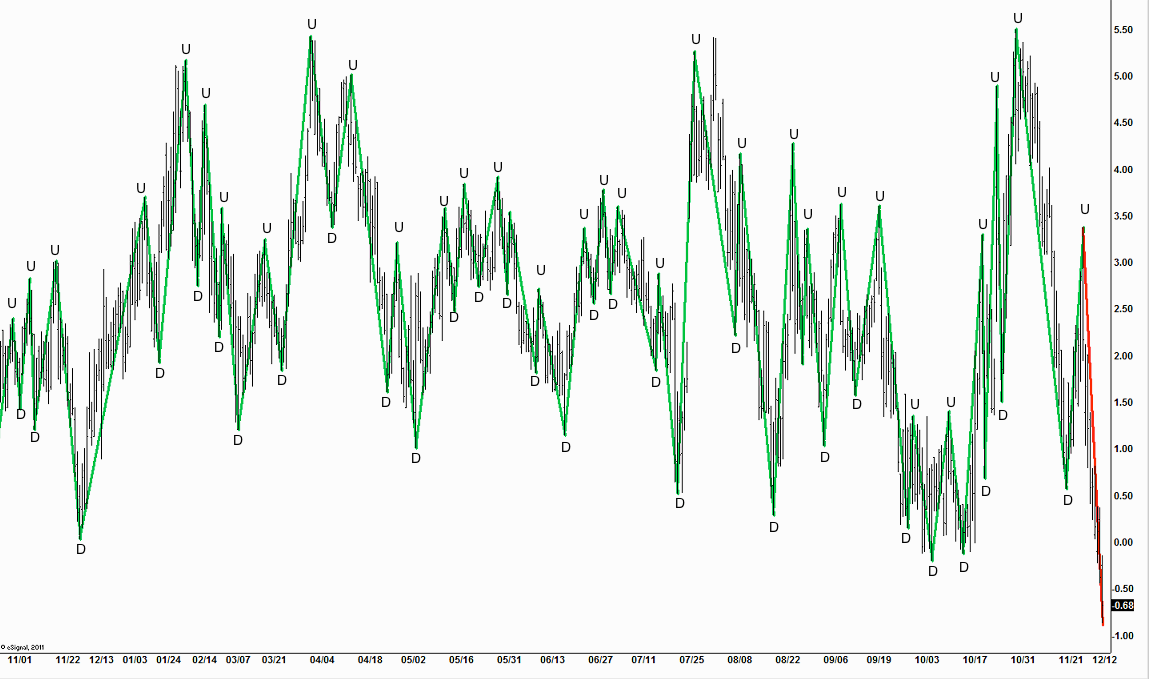This week introduced the concepts of mathematics and art as
fundamentally intertwined in the representation of an eternal relationship
between numbers, nature, and human identity. This is a relationship that,
although explored in numerous contexts in popular culture and media today, has
not been fully recognized or appreciated by our educational system and society.
Through the historical analysis of the role of mathematics in the development
of art, and the symbiotic relationship between the two in modern thought,
Professor Vesna sheds light on how these two concepts are far from mutually
exclusive, and in fact contribute to a greater understanding of one another
when studied in tandem.
 |
| The above mathematically intricate representation of prehistoric life literally "breathes life" (in the words of Mark Maynard) into an organism unobserved in recorded history. |
This understanding was supplemented by the visual and
textual materials presented by the course. Among the most influential was Theo
Jansen’s physical representation of organic beach life in his “Creatures on the
Beach”. His representations of organisms through mathematically composed
sculptures shows the intersection of mathematical ratios and artistic
representations addressed by professor Vesna in her lecture. This artwork - and the TED presentation introducing it -really helped me to grasp the concepts covered this week. Concurrently displaying this kind of fractal representation, the website “Distractify” portrays examples of natural
fractal phenomenon in a way that raises awareness of the mathematical
mechanisms behind seemingly random designs found in life.
 |
| The same patterns that have inspired artists from around the world for centuries can also be found in nature, as shown by this Aloe bloom. |
Of course, this lesson extends beyond that of artistic and organic
representations. The use of fractal patterns in the interpretation of social
and economic phenomenon has captured the imagination of investors and movie
producers alike, inspiring investigation into how the same mathematical
phenomenon that has informed artistic representations for centuries may also be
found in the marketplace. This is the subject of “Fibonacci, Fractals, and
Financial Markets” and a theme in the movie “Pi”, long one of my favorite Sci-Fi
films. In both we can see the intersection of normally separated aspects of
modern life: art, mathematics, society, and economy. This week’s lesson has
broadened my understanding of how these phenomenon intersect, and I look
forward to continue our exploration of science and art in the weeks to come.
Works Cited
"Creatures on the Beach: Theo Jansen on
TED.com." TED Blog Creatures on the Beach Theo Jansen OnTEDcom
Comments. N.p., 06 Sept. 2007. Web. 09 Apr. 2015.
"Fibonacci, Fractals and Financial Markets -
Socionomics.net." YouTube. YouTube, n.d. Web. 10 Apr. 2015.
"Fractals — Time." Dynamic Hedge RSS.
N.p., n.d. Web. 10 Apr. 2015.
"I Always Thought Nature Was Random. Then I Looked
Closer, And Now I See This Secret Pattern Everywhere..." Distractify.
Matimatica Multimedia Co., 10 Jan. 2014. Web. 08 Apr. 2015.
Pi. By Darren Aronofsky. Dir. Darren Aronofsky. Protozoa
Pictures, Inc., 1998.
"Theo Jansen." Mark Maynard. N.p.,
n.d. Web. 12 Apr. 2015.
Van Rooey, Peter. "African Fractals." African
Fractals. N.p., n.d. Web. 10 Apr. 2015.

No comments:
Post a Comment